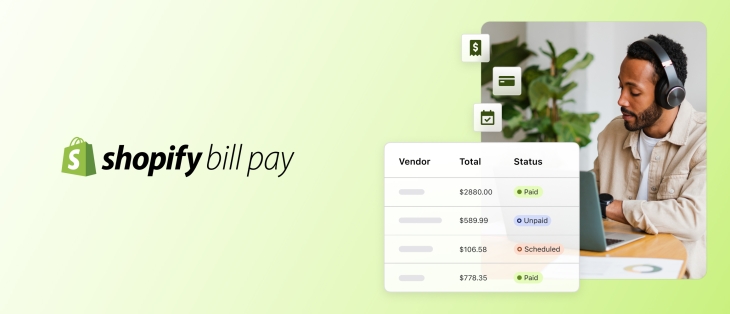
Shopify has teamed up with Israeli B2B payments startup Melio to launch a new bill paying tool designed to enable US-based merchant customers to manage their spending and suppliers through the platform.
It’s another step in Shopify’s plan to bridge the intersection of fintech and commerce, S noted.hruti Patel, global head of merchant services partnerships and monetization at Shopify.
The rationale behind the new feature taps into the idea that if salespeople can spend less time on tedious tasks like consolidating their invoices and paying bills, they can spend more time growing their business. It too was driven in part by traders asking for money-moving opportunities, Patel told businessroundups.org in an interview.
“WWe’ve been on the fintech journey since we used to introduce payments powered by Stripe,” she said. “That gave us a lot of insight into our payment data. And then we came out and offered Shopify Capital in 2016, which was designed to meet our merchants’ micro and macro lending needs. And last year we introduced what we call Shopify Balance, which was almost like a money management tool.
Shopify intentionally worked to integrate the bill pay feature into its existing product – and in the same place where its merchant customers run their businesses – because it wanted it to be a fully integrated accounts payable solution within the store administration.
“When you look at how banks bid and financial institutions pay bills today, it’s quite a diversion experience,” Patel said. “…But a lot of those experiences are pretty broken because they just link to a bank account and allow them to use it through that one payment method.”
By contrast, she said, Shopify sellers have a choice of funding sources such as a bank account, Shopify Balance, credit or debit card, or an ACH wire transfer. They can even pay with credit cards even if a merchant doesn’t accept them.
“It’s not just the cost option for which payment method and how to choose it, but also the speed we allow them to schedule payments,” Patel added. For example, Shopify can enable payments up to four days sooner than a traditional bank, she said. Merchants also have the option to schedule payments in advance.
The bill pay feature is free for merchants, but according to Patel there are “minimal fees” associated with certain payment methods, such as a credit card.
“One of the reasons we wanted to do this for our merchants is to go back to some of the feedback we’ve heard, which is how much paying bills is a pain point, especially for smaller merchants who can’t afford very expensive subscriptions,” she said .
Internally, the ability to pay bills gives Shopify insight into how they spend and which vendors they spend with.
“And nowadays banks have that insight, but they don’t really do anything with it because they don’t run windows for the small businesses,” Patel said. “What we want to do is really have that data help us drive more revenue for our merchants.”
Shopify declined to say how many merchants it has in the US, noting only that it works with “millions of merchants” in total.
Want more fintech news in your inbox? To register here.
